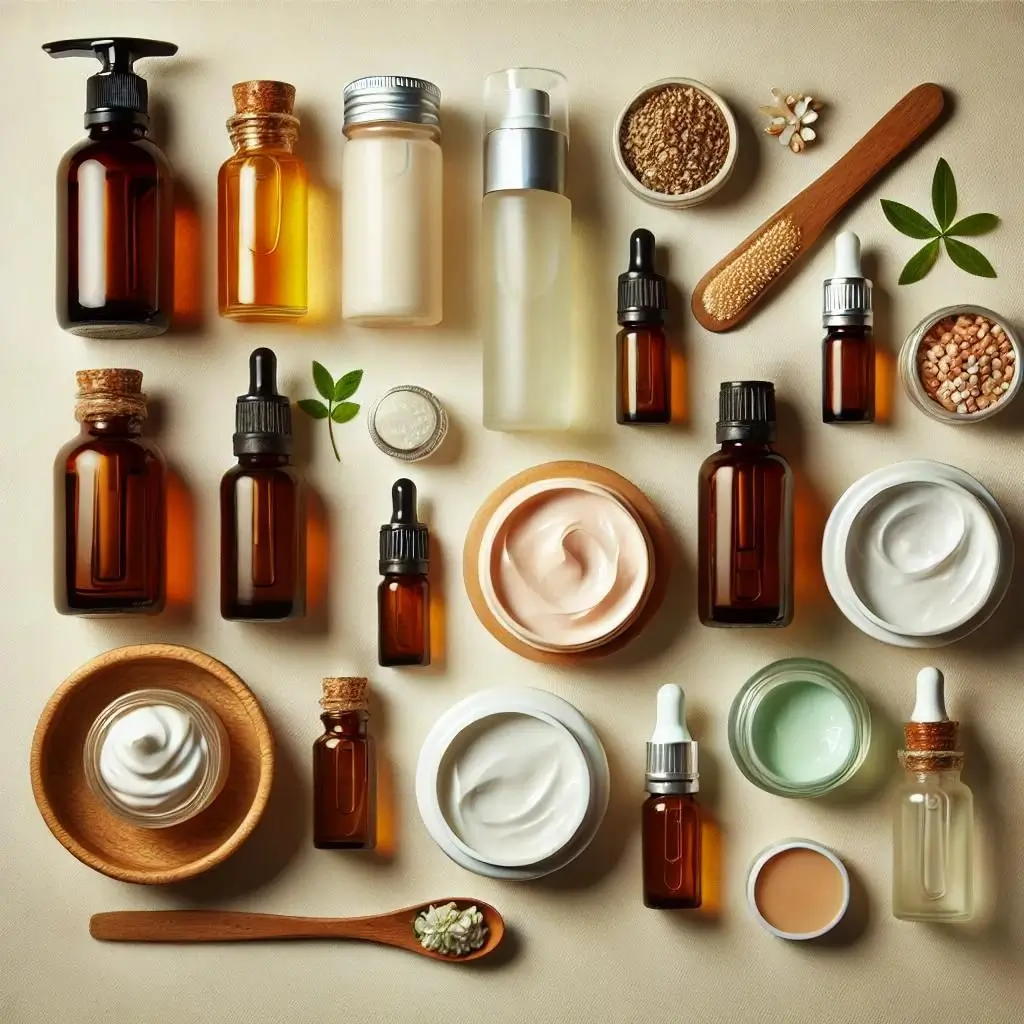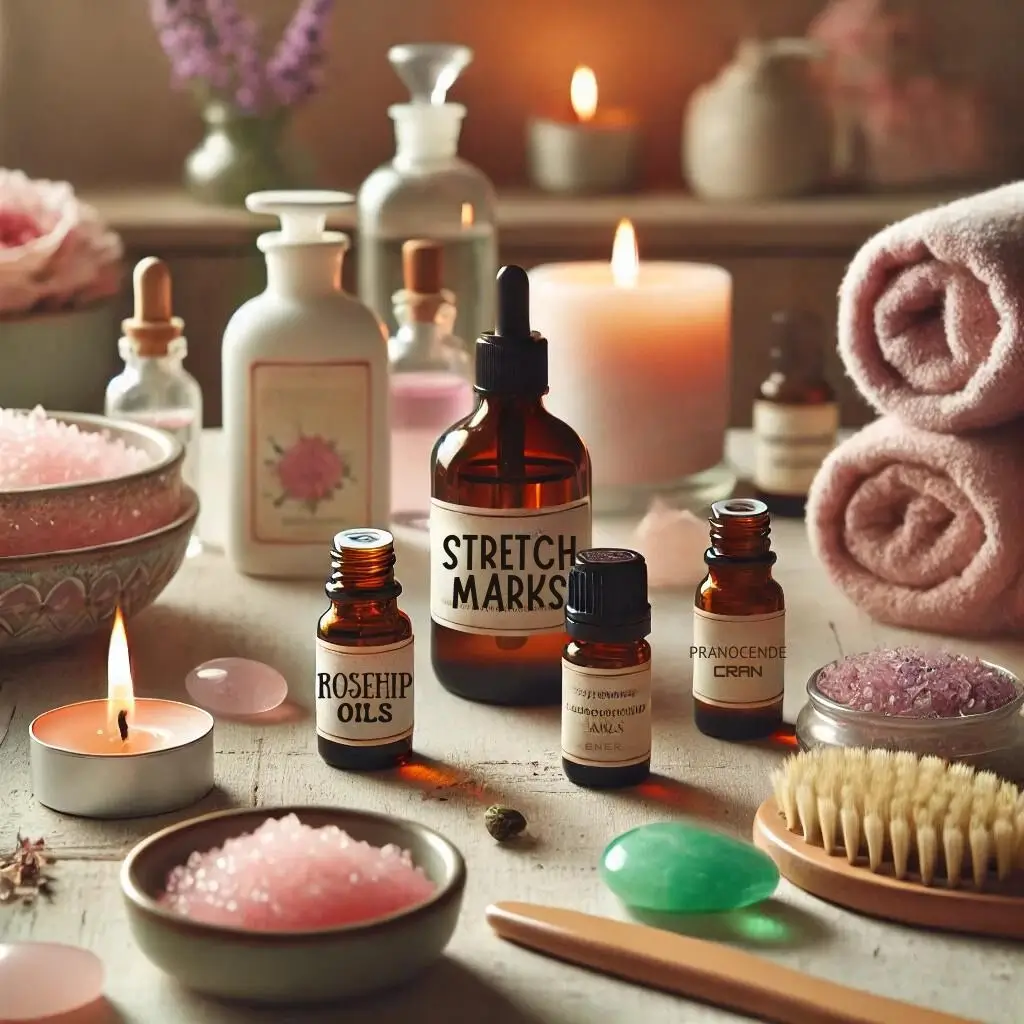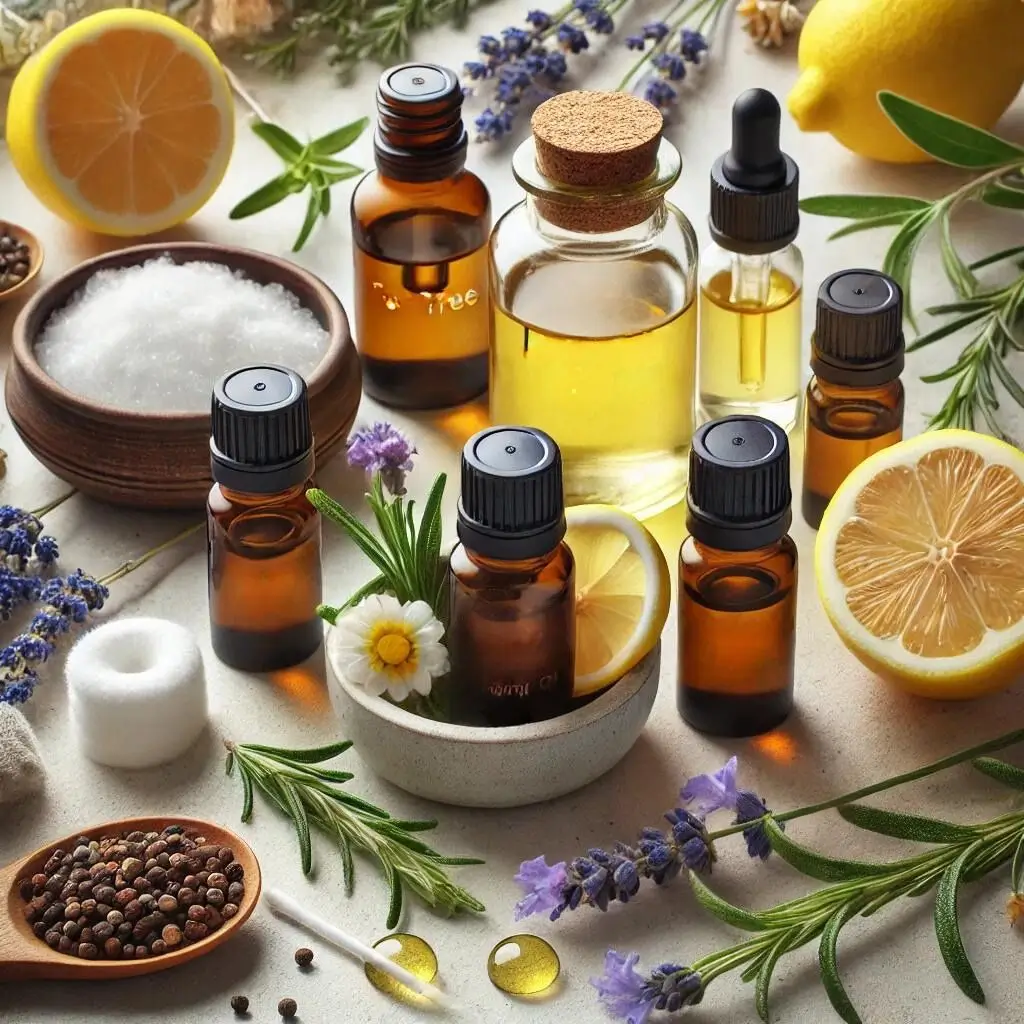Dry skin can be uncomfortable and challenging to manage. Essential oils, known for their therapeutic properties, can provide much-needed hydration and nourishment to parched skin. This guide explores the best essential oils for dry skin, how they work, and how to use them effectively. Let’s dive in to understand how you can achieve smooth, hydrated skin naturally.
What are the best essential oils for dry skin?
Choosing the right essential oils can significantly improve dry skin conditions. Here are some of the best essential oils known for their moisturizing and healing properties:
- Lavender Oil
- Chamomile Oil
- Sandalwood Oil
- Geranium Oil
- Rose Oil
- Frankincense Oil
- Myrrh Oil
- Helichrysum Oil
- Carrot Seed Oil
- Ylang-Ylang Oil
These oils are rich in antioxidants, vitamins, and fatty acids that help restore moisture and soothe dry skin.

How do essential oils help with dry skin?
Essential oils help with dry skin by providing hydration, nourishment, and protection. Here’s a detailed explanation of how these oils benefit dry skin:
Hydration and Moisture Retention
Essential oils create a barrier on the skin, preventing moisture loss and keeping the skin hydrated. For instance, rose oil is known for its hydrating properties, making it an excellent choice for dry skin.
Nourishment
Essential oils are packed with vitamins and antioxidants that nourish the skin. Carrot seed oil, for example, is rich in beta-carotene and vitamin E, which help repair and rejuvenate dry skin.
Anti-inflammatory Properties
Dry skin often comes with irritation and inflammation. Oils like chamomile and lavender have anti-inflammatory properties that soothe irritated skin and reduce redness.
Enhancing Skin Barrier Function
Oils such as sandalwood and frankincense enhance the skin’s barrier function, protecting it from environmental damage and further moisture loss.
Promoting Cell Regeneration
Helichrysum oil promotes cell regeneration, helping to heal and renew dry, damaged skin.
Table: Essential Oils and Their Benefits for Dry Skin
| Essential Oil | Key Benefit | Notable Properties |
|---|---|---|
| Lavender | Hydrating, soothing | Anti-inflammatory, antioxidant |
| Chamomile | Calming, anti-inflammatory | Anti-irritant, soothing |
| Sandalwood | Moisturizing, protecting | Antimicrobial, anti-inflammatory |
| Geranium | Balancing, moisturizing | Antioxidant, astringent |
| Rose | Deep hydration, rejuvenation | Antioxidant, anti-inflammatory |
| Frankincense | Barrier enhancement, soothing | Anti-inflammatory, astringent |
| Myrrh | Healing, moisturizing | Antioxidant, anti-inflammatory |
| Helichrysum | Cell regeneration, healing | Antioxidant, anti-inflammatory |
| Carrot Seed | Nourishing, rejuvenating | Vitamin-rich, anti-aging |
| Ylang-Ylang | Balancing, hydrating | Antiseptic, anti-inflammatory |
Can essential oils be used daily for dry skin?
Using essential oils daily can be beneficial for dry skin if done correctly. Here are some tips for daily use:
- Dilution: Always dilute essential oils with a carrier oil. For dry skin, use nourishing carriers like jojoba, argan, or sweet almond oil.
- Patch Test: Before applying the oil mixture to your face or body, do a patch test on a small area of skin to check for any allergic reactions.
- Night Routine: Incorporate essential oils into your nightly skincare routine. This allows the oils to work overnight, providing maximum hydration and repair.
- Hydrating Mist: Create a hydrating mist by mixing a few drops of essential oil with distilled water. Spray this on your face during the day for a quick hydration boost.
- Consistency: Use the oils consistently for the best results. It may take a few weeks to see noticeable improvements in your skin’s texture and hydration levels.
Benefits of Daily Use:
- Maintains skin hydration
- Provides continuous nourishment
- Reduces inflammation and irritation
- Promotes a healthy skin barrier
What are the precautions when using essential oils for dry skin?
While essential oils can be beneficial, it’s important to use them safely. Here are some precautions to keep in mind:
Dilution
Always dilute essential oils with a carrier oil to prevent skin irritation and sensitization. A typical dilution ratio is 1-2 drops of essential oil per teaspoon of carrier oil.
Patch Test
Perform a patch test before using any new essential oil. Apply a small amount of the diluted oil to your inner forearm and wait 24 hours to check for any adverse reactions.
Avoid Certain Oils
Some essential oils can be too harsh for dry skin, such as eucalyptus and peppermint. Avoid using these oils as they can cause further dryness and irritation.
Sun Sensitivity
Certain oils, like citrus oils (e.g., lemon, bergamot), can increase sun sensitivity. Avoid using these oils before sun exposure to prevent sunburn or skin damage.
Storage
Store essential oils in a cool, dark place to preserve their potency and prevent oxidation, which can reduce their effectiveness.
Consultation
If you have any underlying skin conditions or are pregnant, consult with a healthcare professional before using essential oils.
Table: Essential Oils Safety Precautions
| Precaution | Description |
|---|---|
| Dilution | Always dilute essential oils with a carrier oil. |
| Patch Test | Test on a small skin area before full application. |
| Avoid Certain Oils | Steer clear of harsh oils like eucalyptus. |
| Sun Sensitivity | Avoid citrus oils before sun exposure. |
| Storage | Store oils in a cool, dark place. |
| Consultation | Seek advice if you have skin conditions or are pregnant. |
How to create a blend of essential oils for dry skin?
Creating a custom blend of essential oils for dry skin can enhance their benefits. Follow these steps to make your own blend:
- Choose Essential Oils: Select 2-3 essential oils known for their hydrating and soothing properties. For example, lavender, chamomile, and rose oil.
- Select a Carrier Oil: Pick a nourishing carrier oil such as jojoba, argan, or sweet almond oil.
- Mix the Oils: In a small glass bottle, add 10-15 drops of each essential oil. Fill the rest of the bottle with the carrier oil.
- Shake Well: Shake the bottle gently to mix the oils thoroughly.
- Label the Blend: Label your blend with the ingredients and the date of preparation.
Sample Blend Recipe
Ingredients:
- 10 drops of lavender oil
- 10 drops of chamomile oil
- 10 drops of rose oil
- 2 tablespoons of jojoba oil
Instructions:
- In a dark glass bottle, add the essential oils.
- Fill the bottle with jojoba oil.
- Cap the bottle and shake well to blend.
- Apply a few drops to your skin daily, preferably at night.
Benefits of a Custom Blend
- Tailored to your skin’s needs
- Combines multiple benefits
- Cost-effective and natural
Which carrier oils are best for dry skin?
Carrier oils play a crucial role in moisturizing dry skin. Here are some of the best carrier oils for dry skin:
Jojoba Oil
- Mimics the skin’s natural sebum
- Deeply moisturizing
- Rich in vitamins E and B-complex
Argan Oil
- High in vitamin E and fatty acids
- Nourishes and hydrates
- Absorbs quickly without leaving a greasy residue
Sweet Almond Oil
- Rich in vitamins A, E, and fatty acids
- Soothes and softens skin
- Helps to lock in moisture
Avocado Oil
- High in oleic acid and vitamins A, D, and E
- Deeply penetrates the skin
- Promotes skin regeneration
Coconut Oil
- Contains medium-chain fatty acids
- Moisturizes and protects
- Antibacterial and anti-inflammatory properties
Table: Best Carrier Oils for Dry Skin
| Carrier Oil | Key Benefits |
|---|---|
| Jojoba Oil | Deeply moisturizing, vitamin-rich |
| Argan Oil | Nourishing, quick-absorbing |
| Sweet Almond Oil | Soothing, moisture-locking |
| Avocado Oil | Regenerative, vitamin-packed |
| Coconut Oil | Moisturizing, antibacterial |
How to apply essential oils for maximum hydration?
Proper application of essential oils ensures maximum hydration and benefits for dry skin. Here are the steps to follow:
- Cleanse Your Skin: Start with clean skin to ensure the oils can penetrate effectively.
- Dilute the Essential Oil: Mix a few drops of essential oil with a carrier oil in the palm of your hand.
- Warm the Oils: Rub your hands together to warm the oils, which helps with absorption.
- Apply Gently: Gently massage the oil blend into your skin using circular motions.
- Focus on Dry Areas: Pay extra attention to particularly dry areas such as elbows, knees, and face.
- Use at Night: Apply the oils before bedtime to allow them to work overnight.
- Hydrating Mist: For added hydration, spritz a hydrating mist before applying the oil blend.
- Avoid Overuse: Use the oils sparingly to avoid clogging pores and causing irritation.
Benefits of Proper Application
- Enhanced absorption
- Targeted hydration
- Improved skin texture and appearance
Can essential oils worsen dry skin?
While essential oils can be beneficial, improper use can worsen dry skin. Here are some factors to consider:
Overuse
Using too much essential oil can overwhelm the skin, causing irritation and further dryness. Always follow recommended dilution guidelines.
Wrong Oils
Some essential oils, like eucalyptus and peppermint, are too strong and can strip the skin of its natural oils. Avoid these for dry skin.
Allergic Reactions
Certain oils can cause allergic reactions, leading to dryness and irritation. Always perform a patch test before full application.
Sun Sensitivity
Using photosensitive oils like citrus oils before sun exposure can cause skin damage, exacerbating dryness.
Improper Dilution
Applying undiluted essential oils can cause severe skin irritation and dryness. Always dilute with a carrier oil.
Table: Potential Issues with Essential Oils
| Issue | Description |
|---|---|
| Overuse | Causes irritation and further dryness |
| Wrong Oils | Harsh oils can strip natural moisture |
| Allergic Reactions | Can lead to dryness and irritation |
| Sun Sensitivity | Photosensitive oils can damage skin in sunlight |
| Improper Dilution | Undiluted oils can cause severe irritation |
Are there any side effects of using essential oils on dry skin?
Using essential oils on dry skin can have side effects if not done properly. Here are some common side effects and how to avoid them:
Skin Irritation
Undiluted or improperly diluted oils can cause skin irritation. Always dilute essential oils with a carrier oil.
Allergic Reactions
Some individuals may be allergic to certain essential oils. Perform a patch test to check for allergies.
Photosensitivity
Certain essential oils, especially citrus oils, can make the skin more sensitive to sunlight, leading to sunburns.
Overuse
Excessive use of essential oils can disrupt the skin’s natural balance, leading to dryness and irritation. Use oils sparingly.
Hormonal Effects
Some essential oils can affect hormones. Pregnant or breastfeeding women should consult with a healthcare professional before use.
Table: Side Effects and Prevention
| Side Effect | Prevention Tip |
|---|---|
| Skin Irritation | Always dilute essential oils with a carrier oil |
| Allergic Reactions | Perform a patch test before full application |
| Photosensitivity | Avoid using photosensitive oils before sun exposure |
| Overuse | Use essential oils sparingly and as directed |
| Hormonal Effects | Consult with a healthcare professional if pregnant |
What are the signs that essential oils are working for dry skin?
Knowing the signs that essential oils are effectively treating your dry skin can help you gauge their efficacy. Here are some indicators:
Improved Hydration
Your skin feels more hydrated and supple, with less dryness and flakiness.
Reduced Redness
Inflammation and redness decrease, indicating that the oils’ anti-inflammatory properties are working.
Smoother Texture
Your skin’s texture becomes smoother, with fewer rough patches.
Increased Softness
Your skin feels softer to the touch, indicating better moisture retention.
Healing of Cracks
Cracked and chapped areas begin to heal and become less noticeable.
Reduced Itching
Any itching associated with dry skin diminishes, indicating that the skin barrier is improving.
Radiant Appearance
Your skin appears more radiant and healthy, reflecting improved overall skin health.
Table: Signs of Effective Essential Oil Use
| Sign | Description |
|---|---|
| Improved Hydration | Skin feels more hydrated and supple |
| Reduced Redness | Decrease in inflammation and redness |
| Smoother Texture | Smoother skin texture with fewer rough patches |
| Increased Softness | Skin feels softer to the touch |
| Healing of Cracks | Cracked areas begin to heal |
| Reduced Itching | Less itching, indicating improved skin barrier |
| Radiant Appearance | Skin looks more radiant and healthy |
Conclusion
Using essential oils for dry skin can be a natural and effective way to achieve hydration and nourishment. By choosing the right oils, applying them correctly, and following safety precautions, you can enhance your skin’s health and appearance. Remember to be consistent and patient, as natural remedies often take time to show results.



